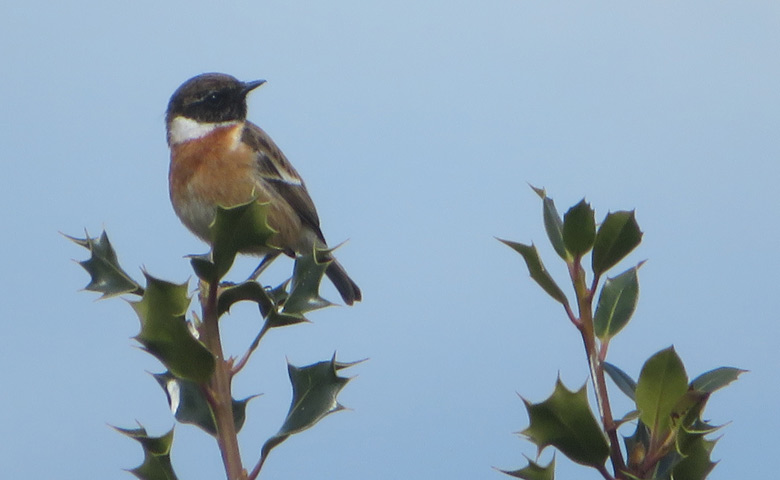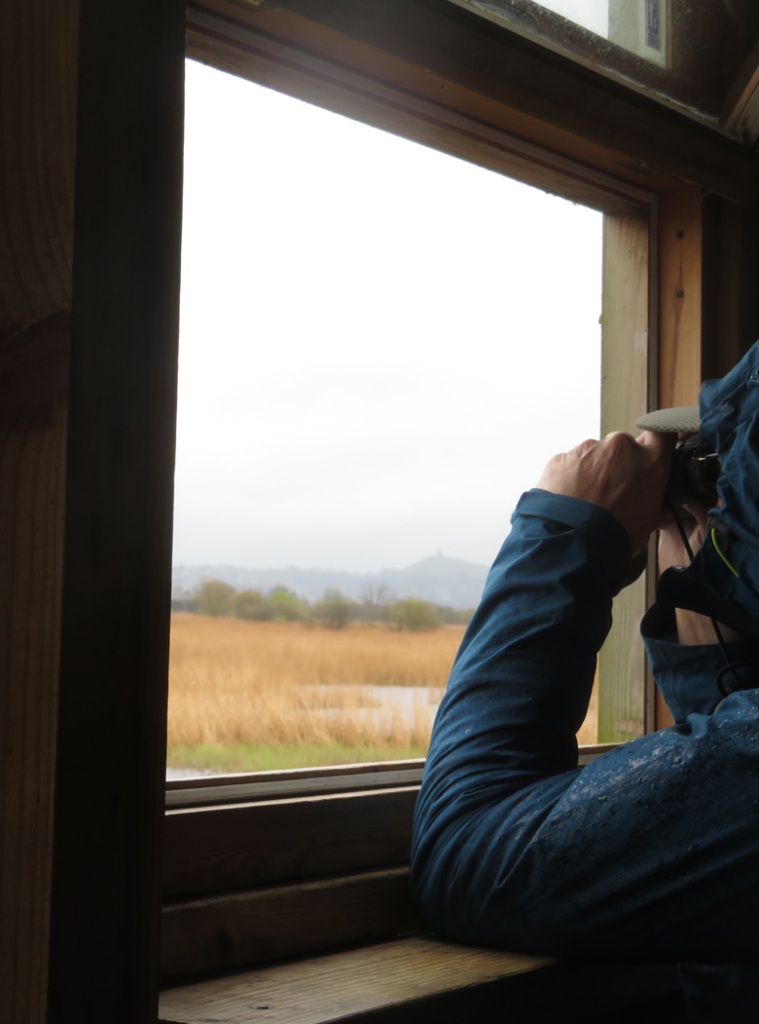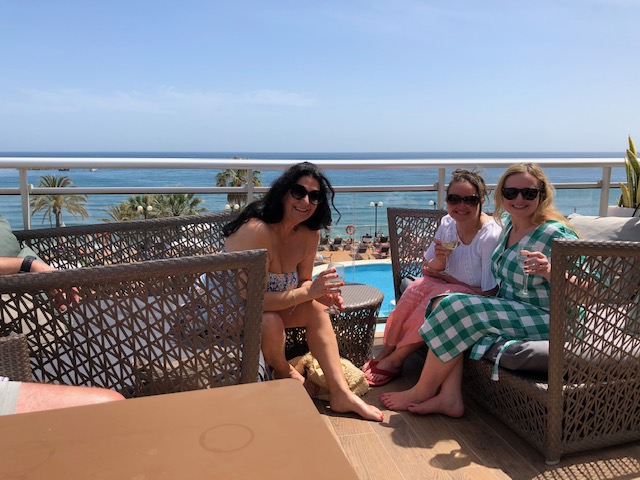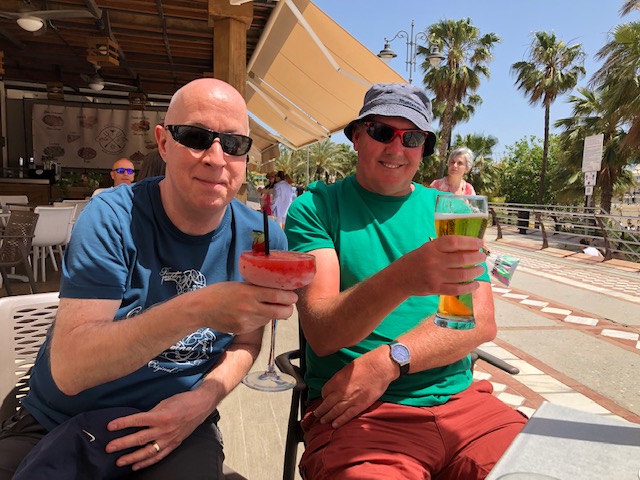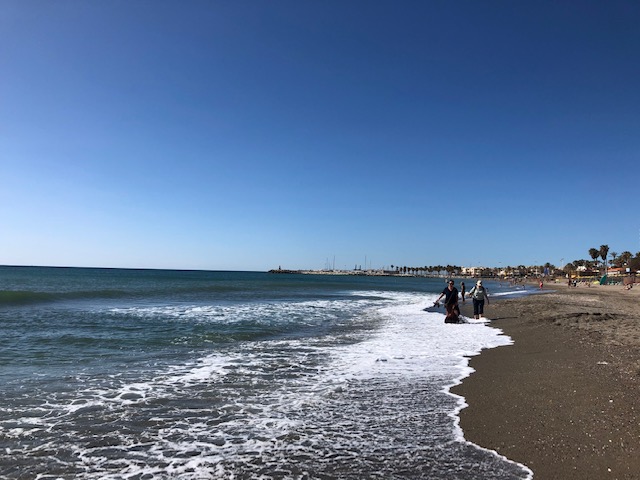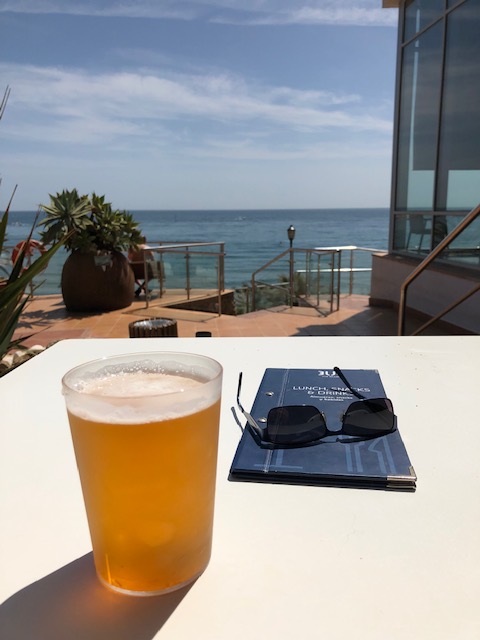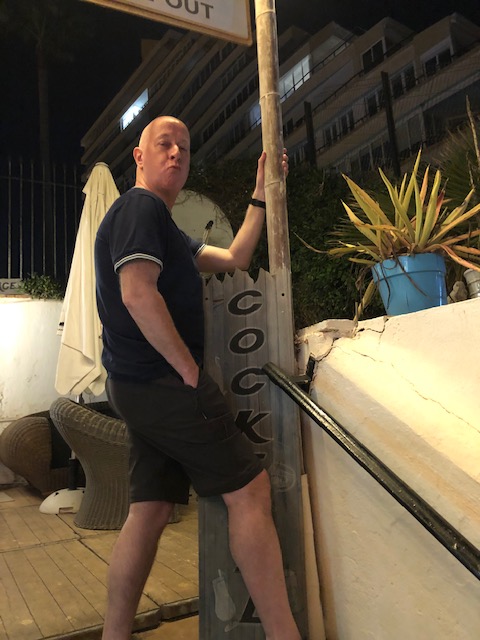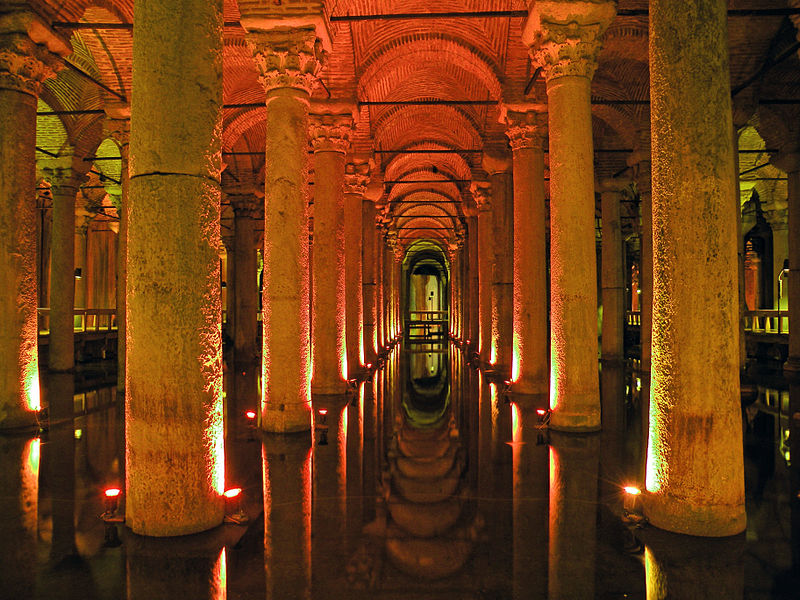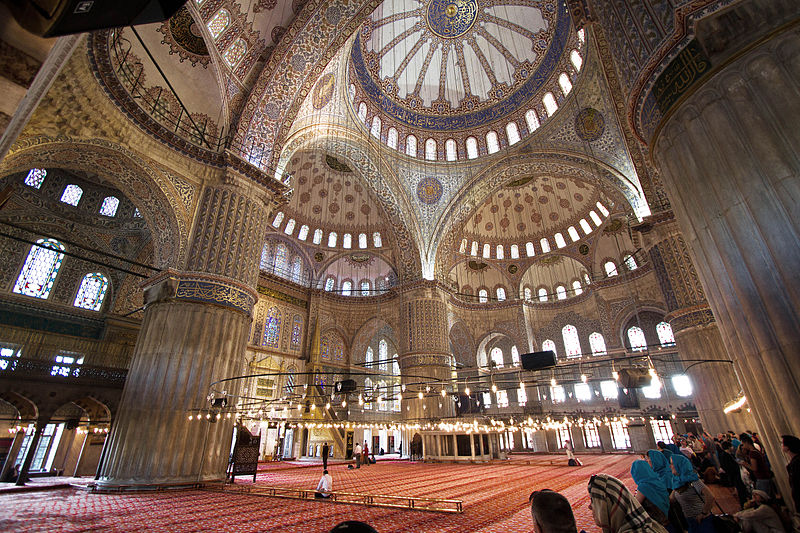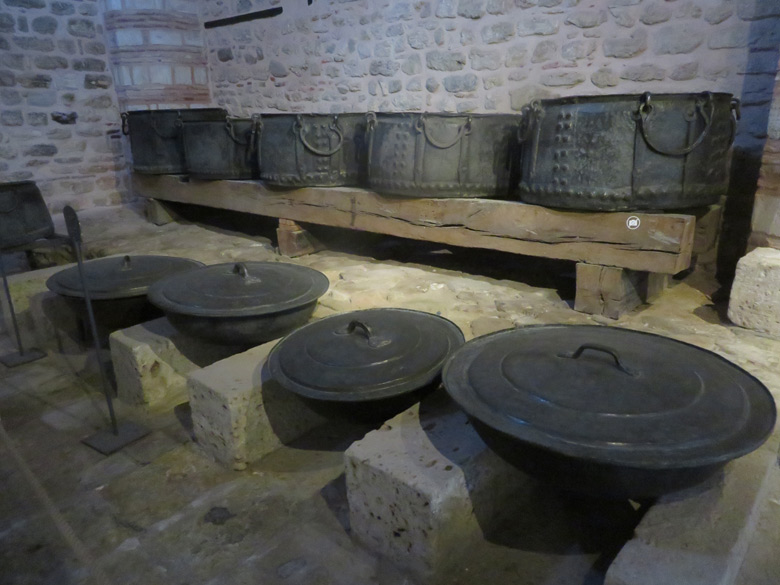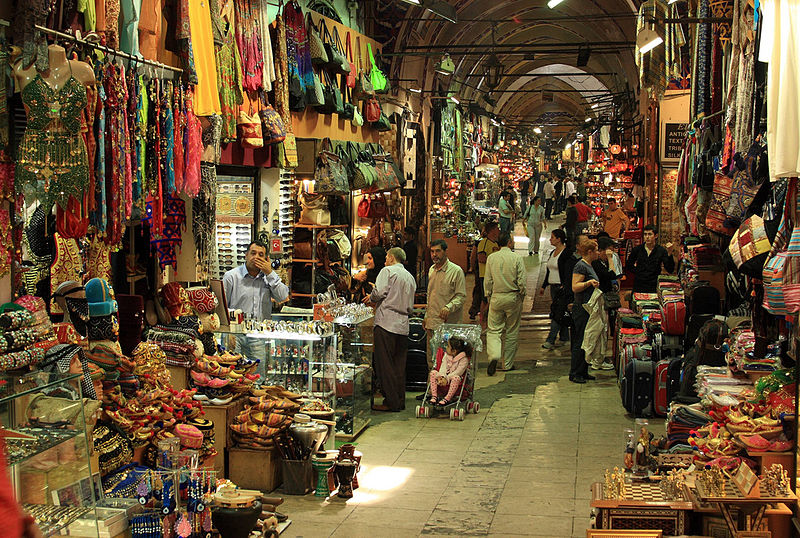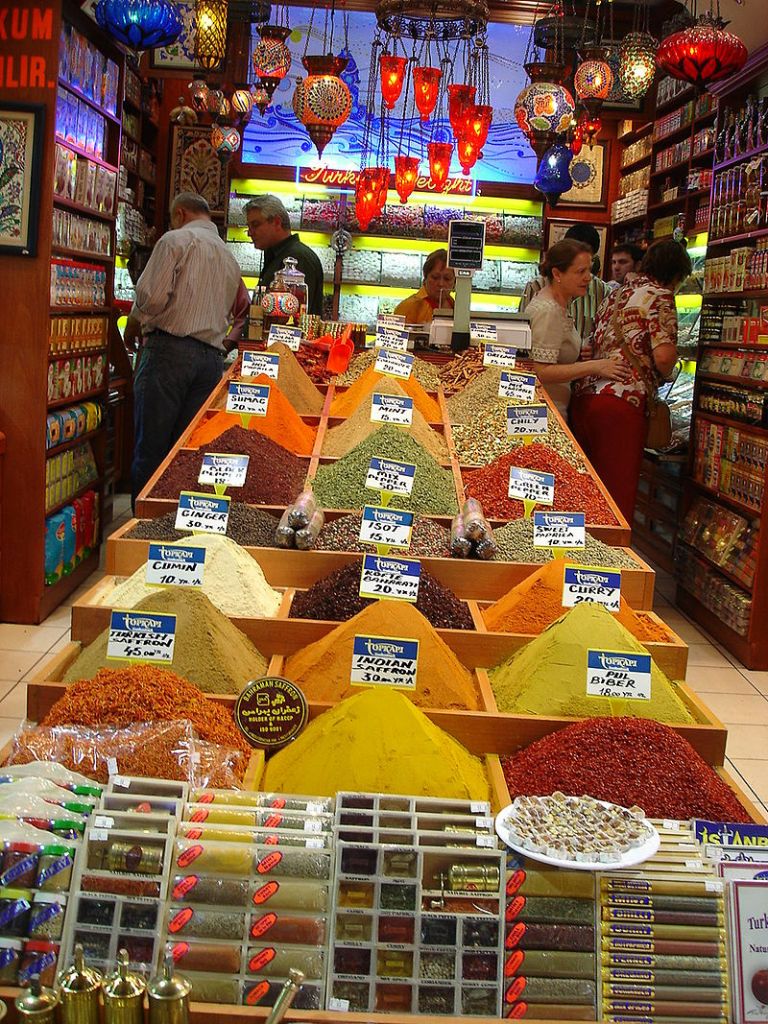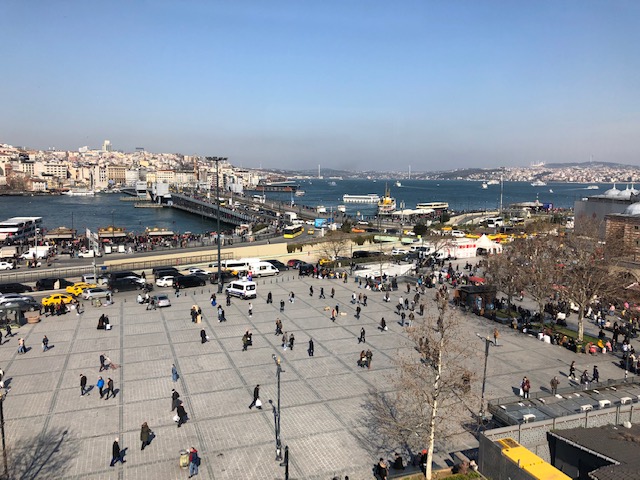April Fool’s Day but nothing daft about the start of this month with a long weekend in Devon with birdwatching, walking, and drinking in unequal measure – followed by a much-needed pilgrimage to sunny Spain!
The West Midland Bird Club were based in the Western Passage Hotel in tongue twisting Kinsteignton, a titchy town at the head of the Teign Estuary. There was easy access to Hackney Marshes (no, not that one), a reedy stretch of low-lying flood meadows that provided easy meat for early morning birders to notch up a few waders before breakfast. The local fare served up Oystercatchers, godwits, the odd Goosander, a Common Sandpiper, and some weird-looking geese.
Then followed the usual round of Devon birding hot spots – Berry Head for heady cliffs covered with Guillemots, alongside a supporting cast of Razorbills, Kittiwakes, Shags and Cormorants.
Broadsands was next for a heavily dog-laden beach. However, there was a yap-free car park that Cirl Buntings seem to find attractive, and six of these snazzy little finches were seen flitting around.
However, it was Exminster Marshes that offered up the day’s doozy of a sighting – a Spotted Crake! These are very rare breeding birds in Britain and supposedly of very secretive natures, so to see one out in the open and cavorting between clumps of handy sedge was a real highlight. There was also a Spoonbill having a crafty sift in a nearby pool, but most eyes were on the crake.

The second day took in Bowling Green Marshes for a massive scrum of ducks, waders, and geese mixing it out on the pools and scrapes. Avocets, godwits and Snipe vied with Widgeon, Teal, Pintail and Mallard for prime pootling positions. Out on the Exe estuary, blurry lines of Avocets wavered in the distance, and a fishing Red-breasted Merganser dipped in and out of the heat haze.
With its vast tracts of quiet heathland, Aylesbeare Common is always worth scouring for Dartford Warblers. However, only one of these maddeningly elusive birds decided to pop up out of the gorse.
Nature Note: The Dartford Warbler got its name by chance. As was often the norm in 1783, a pair of these birds was shot by amateur ornithologist, John Latham. They were new to science, and he opted to name it after the Kentish town – a place where these warblers may never have been seen or heard!
An overnight stay in Exmouth meant a leisurely drive back to Birmingham the next day, and the opportunity (ably taken) of visiting Ham Wall and Shapwick Fen on the Somerset Levels.
Despite the odd rain squall, it proved a rewarding stop-off with Great White Egret and Garganey (it’s a duck!) notched up – and a bonus Osprey was seen drifting overhead.
Not content with a short break in Devon, a week’s lolling about in Benalmadena in sunny Spain was next on the agenda.
Naturally, there will be very little in the way of cultural, natural, political, or historical content in the following piece – just a raucous series of rambunctiousness amid the continuous craic of the Mallarky’s bar – and just about any available sunny drinking spot along the promenade:
With Spring being the best time to get out and about, there was a bonus birding expedition to St Aiden’s in Yorkshire for some particularly splendid aimless wandering around…
Highlights included a cross looking Little Owl peering out from Oddball, the massive ex-excavator that once worked these fields when it was a mining concern – now, also home to nesting Kestrels and Stock Doves.
Great views of Red Kites were had over the thin wooded ridge that rounds the upper reaches of the reserve. Out on the water, just about every duck going could be seen in the various pools and lakes, including Garganey, Little Gulls, Mediterranean Gulls, other gulls (lots of them, little and large), Common Terns, Ruff, Oystercatchers, Lapwings, and Redshanks. The pick of the bunch were the jaunty Black-headed Grebes that bobbed along in pairs on the choppy water’s surface.
There was just enough time in the month to fit in a little cultural escape at the Alexandra Theatre to see Catch Me If You Can (not the Leonardo one).
Dallas legend Patrick Duffy, (The Man from Atlantis) Linda Purl, (Happy Days; Homeland) and Gray O’ Brien (Peak Practice; Coronation Street) headed the cast in this new production.
Inspector Levine is called to a house in the remote Catskill mountains to investigate the disappearance of newly married Elizabeth Corban. In a bizarre development a woman arrives at the house claiming to be the missing Elizabeth but, instead of celebrating the reunion, her husband accuses her of being an imposter… Adapted from French Writer Robert Thomas’ play Trap for a Lonely Man, this highly entertaining mystery has been the subject of three successful screenplays.







